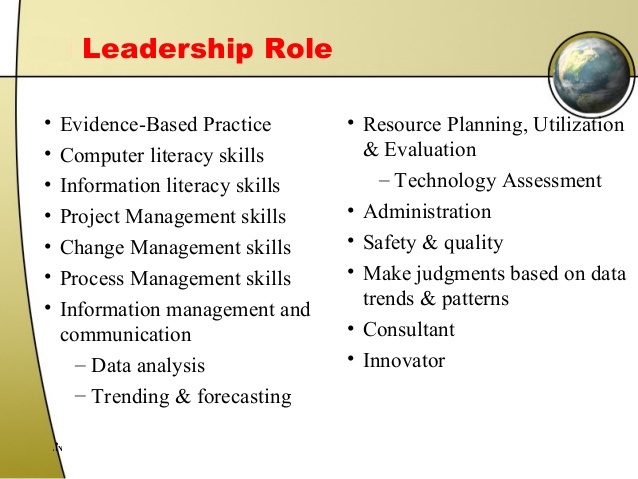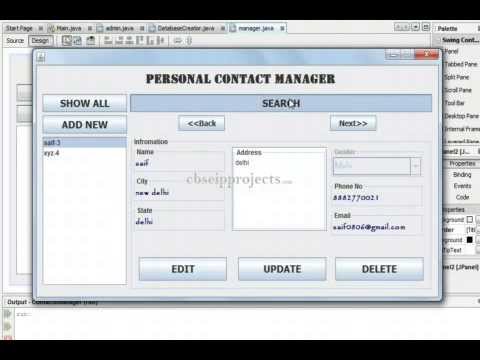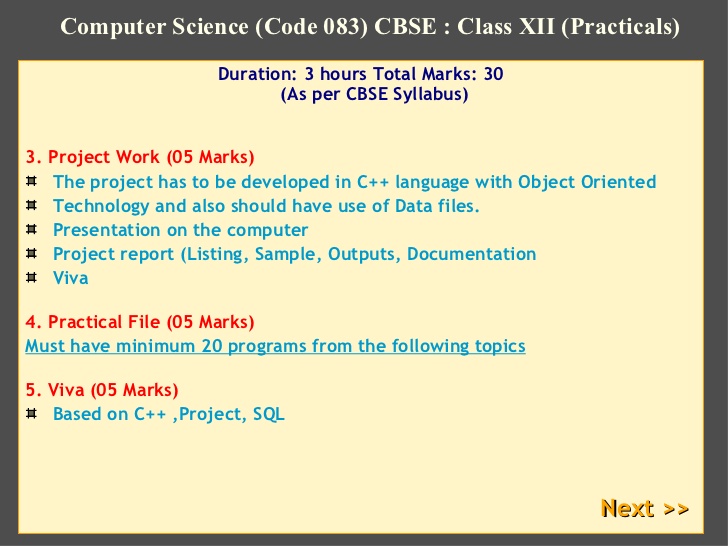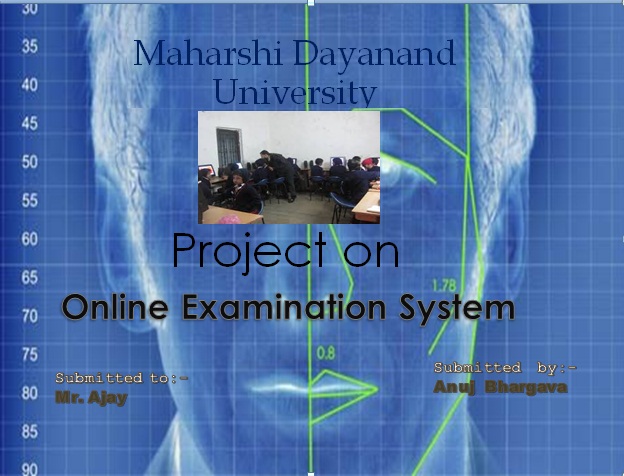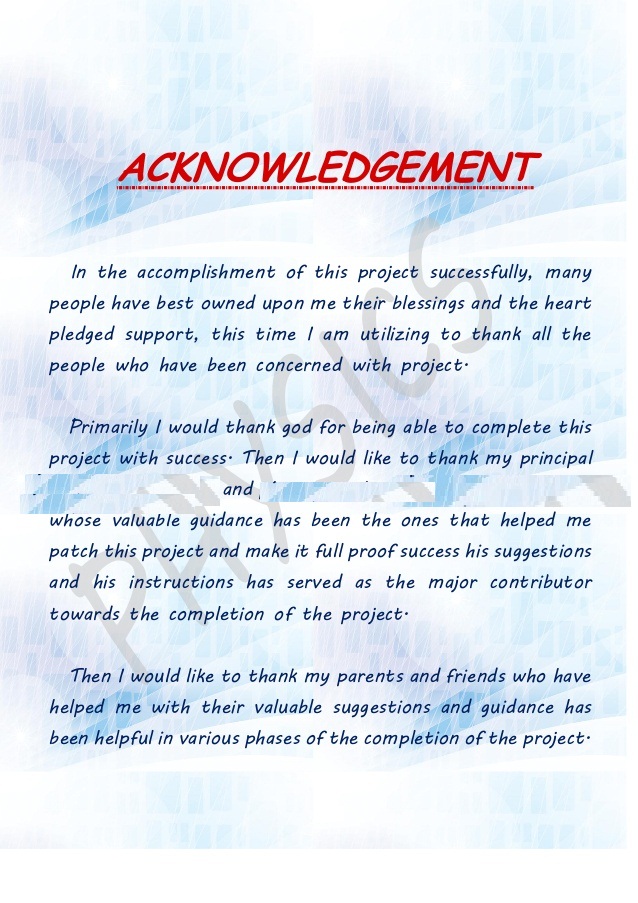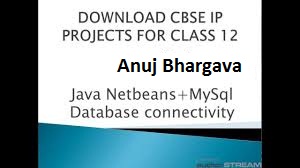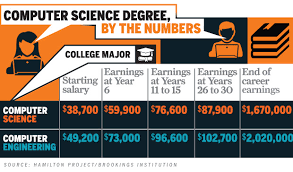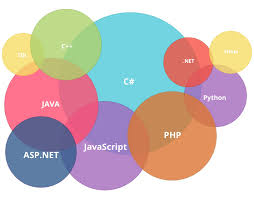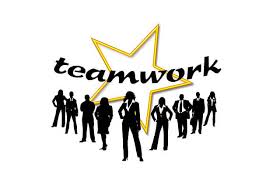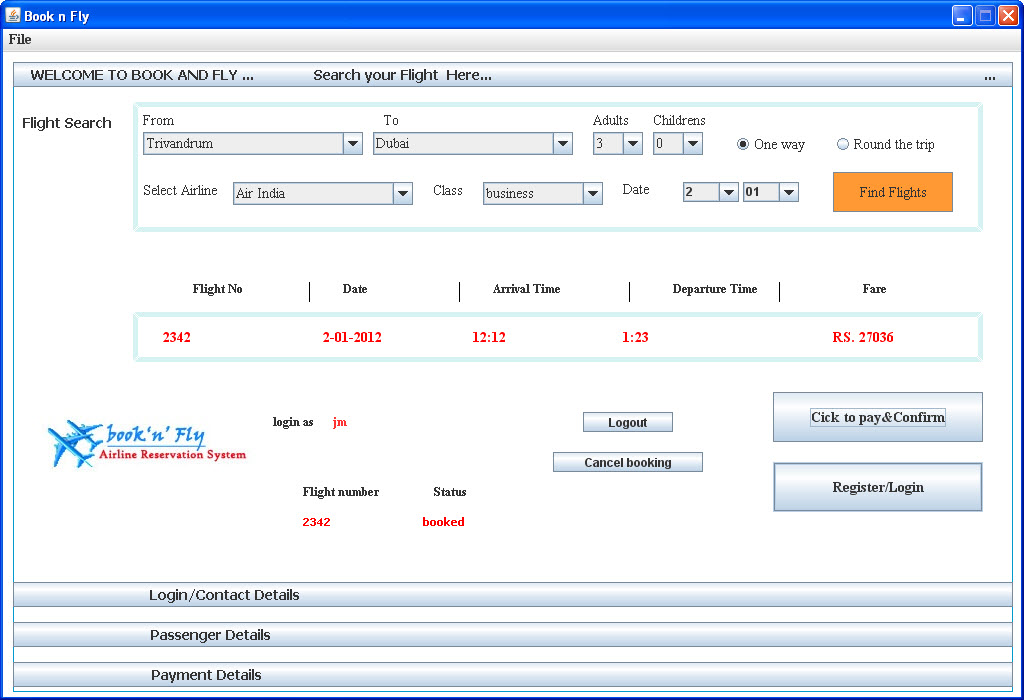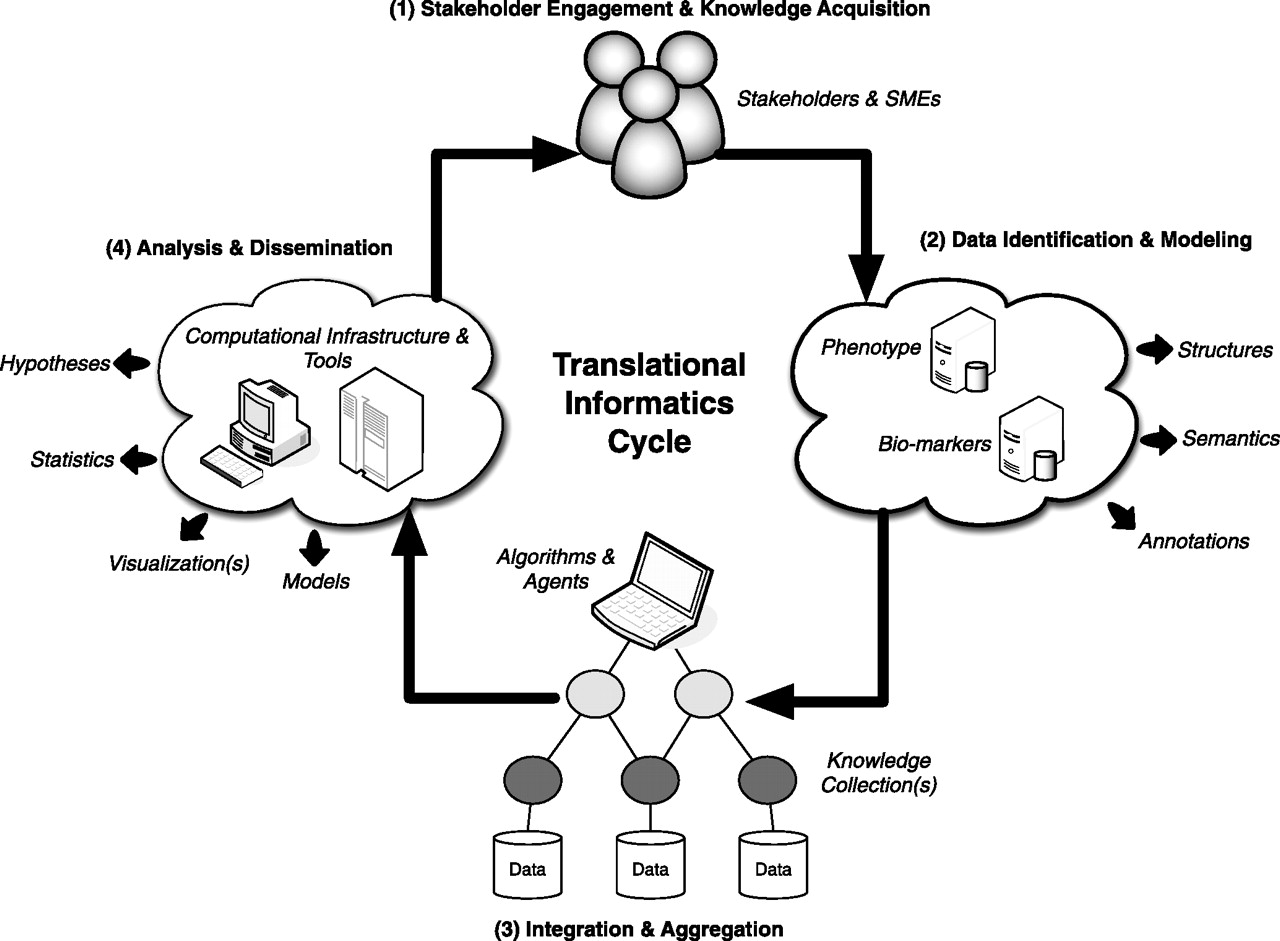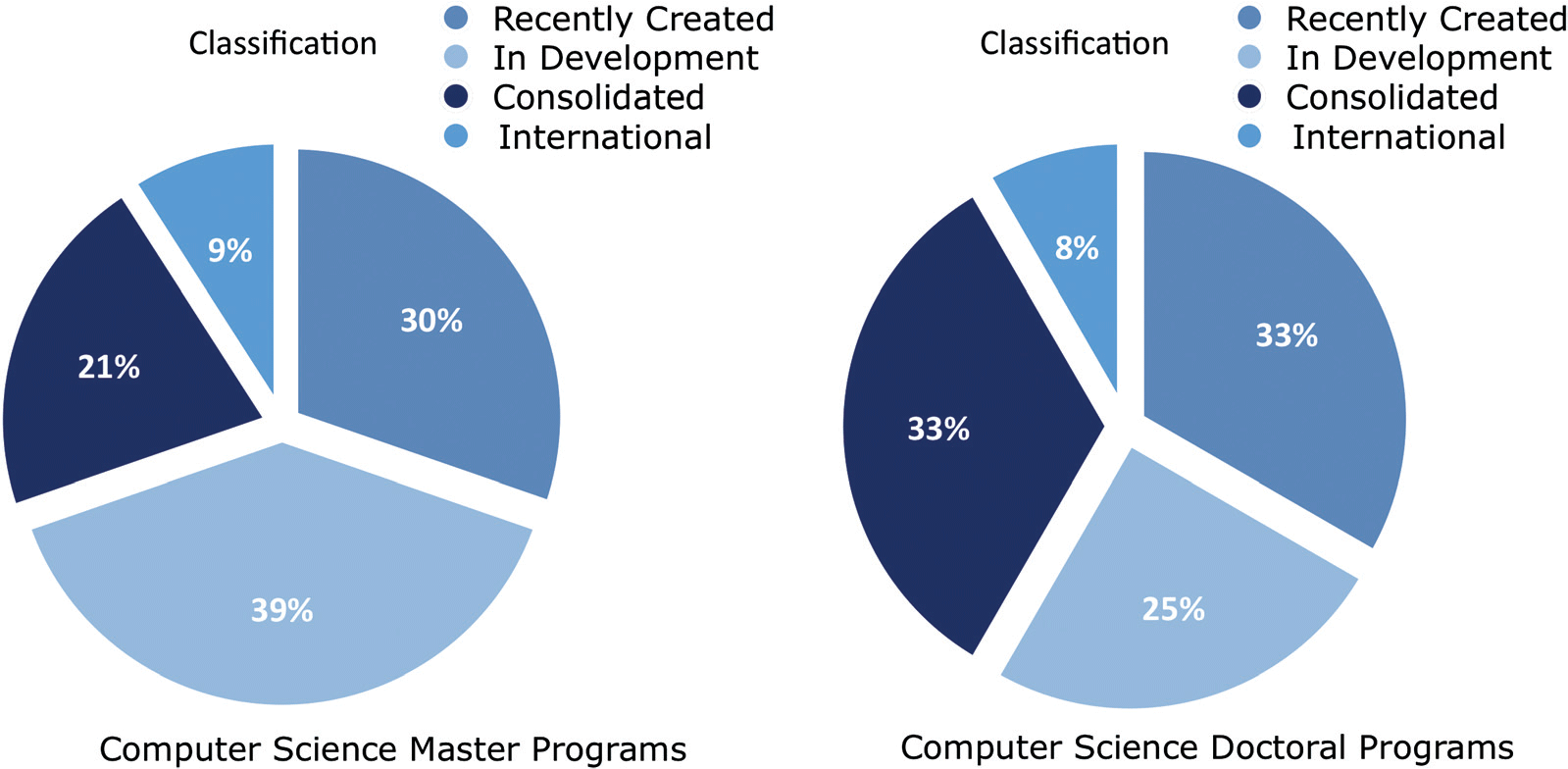PROJECT REPORT AND SOFTWARE
We guide students in achieving excellent project work. we provide complete project materials, softwares and reference to those who already have their project topics. Problem solving is what we do. we offer professional services to Corporate bodies, XI,XII,PGDCA,BCA,BBA,Msc(CS&IP),MCA,MBA,B.Tech,M.Tech students. With our professional team, best is our standard and we give you nothing but the best. We are not just exceptionally good with our designs but also work dedicated towards empowering e-businesses. Our experts walk miles with you to take your ideals to the next level and make success your mandatory trait, while assuring you technical support.
To contribute tangibly in overall success of our customers.Quality, Customer Satisfaction, Transparency and Corporate Responsibility are the pillars of our vision and mission and form the cornerstone of our approach that we bring to every engagement.
Lots of website offer online research and software development assistance . We view clients as partners, and our success is only measured by the success of our partners. So we put it all on the table in order to exceed expectations. jobs are careers, not just a way to pay the bills. The finished job matters to us because it carries our name. Our staff is young, energetic and innovative, and we are never afraid to take risks in an effort to help our clients. every services, no matter how large or how small, we strive to not only meet your needs, but deliver a showcase in your field.
1. Structure
Having a clear structure ranks among the top tips for effective project reports. A good report has a proper style and structure. Most businesses prefer the top-down approach that entails stating the main point or the gist of the point first and then reinforcing or substantiating the point made. A lesser-used alternative is the bottom-up approach that entails building up support for a point mentioned at the end.
A properly structured report allows the reader:
- to read only parts of the report in detail and still understand the purpose.
- the option to avoid technical details.
2. Substance
A project report requires good substance to back up the good structure. The report needs to cover the details of the project comprehensively, including all the big risks and issues that affect the project and solutions for the same. A good approach is to break up the issues involved into tasks or targets and detail a clear time and cost analysis toward resolving the issues.
A good project report:
- demonstrates the author’s familiarity, expertise, and competence with the problem.
- maximizes reader insight by judiciously drawing attention to intuitive aspects of the problem on which the results depend.
- explains rather than describes the problem and possible solutions to minimize reader effort.
3. Table of Contents
Large reports, usually more than four pages' length or containing many subsections, need to include a table of contents. Incorporation of a table of contents provides a “top down" gist of the report, allowing the reader to orient himself or read selectively from the report.
Most reports have separate tables of content for graphs and tables. The standard numbering methodology is marking the “Introduction" page as the first page.
4. Content Heavy TitleA content-heavy title entails title and subsection heads that convey meanings and provides the reader with a clear understanding of what follows. For instance, the title “Proprietary Tempers" is too general and vague to convey any meaning, whereas the title “Meeting the Demand for Proprietary Tempers" makes it content heavy and clear.
Content heavy titles support the “top-down" approach with the title being the main point and the text that follows the explanation of the point.
The best of headings makes the text that follows superfluous.
5. Language and Style
A critical aspect of good project report writing is the use of simple and easy-to-understand language free from spelling, grammar, and punctuation mistakes. Even minor spelling and punctuation mistakes can change the entire meaning of sentences and highlight the project promoters in poor light.
Adherence to the standard style guidelines also ranks high in importance. For instance, the norm in business English is to use an active tense such as “X did Y" instead of a passive tense such as “Y was done by X" or “Y was done." Failure to adhere to such standard style guidelines can create confusion.
6. Lists, Tables, Figures, and Graphs
Lists,tables,figures and graphs are important ingredients of any project report. Such items highlight key points of emphasis, remove clutter, and make the report structure easy to read and visually appealing.
-
Bulleted lists find use to highlight to-do items or specific actions. Figures, graphs, and tables make for powerful tools to present ideas, make comparisons, or summarize points in a way that captures and retains interest. Including all such information in descriptive sentences make the project report too lengthy and cumbersome.
Providing content-heavy labels for graphs, charts figures, and tables provides the readers with a complete summary without having to look into the textual portion of the report.
One important good practice is to include the graphs and tables along with the relevant portion of the text, rather than grouping them as an appendix in the end.
-
7. Appendices
Lengthy project reports require an appendix to place technical details, background material such as experts from previous studies, lists of supporting programs, raw data, derivative and analytical expressions, and similar material. Inclusion of such items along with the main text interrupts the flow and makes it difficult for the reader who wants to make a quick initial reading and go into the details at a later stage.
-
8. References and Citations
A references section becomes mandatory if the report contains results from books or articles. The best practice is to cite sources in the main text, such as (Harvey, 1999), and provide the full citation in the references section. Adherence to standard style guidelines such as the APA Style,MLA Style, Chicago Style, or Harvard Style lends additional credibility to the project report.
-
9. Proofreading
Most people ignore is proofreading the project report before submission. This is a mistake! Proofreading can capture inadvertent errors that are simple to correct but costly if not caught.
One good idea is entrusting the proofreading with a third party. The author, being too much attached to the work and an expert in the subject, might miss out identifying errors he or she committed in the first place, or might remain perfectly at ease with words or terminologies that baffle the intended recipient. If the author proofreads by himself, it becomes important to undertake the same a considerable time gap after completion of the work, and to read the report from the client’s perspective.
-
10. Appearance
Another factor that many people ignore is ensuring the tidiness and appearance of the finished work. The best of project reports would fail to impress if it was untidy or lacking in appearance. Adoption of standard easy-to-read fonts, ensuring a neat and tidy binding, preparing an attractive cover design, and additional aesthetic attentions are all small steps that greatly reinforce the project report.

